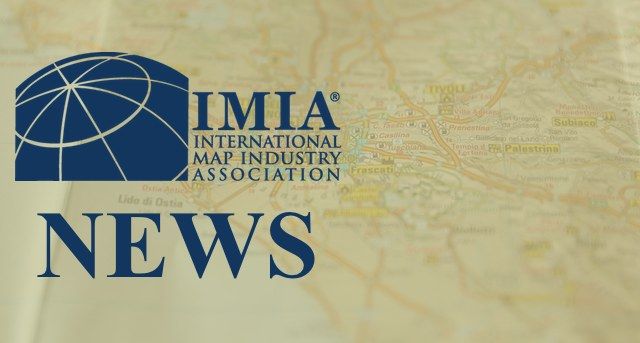I’ve been asked to answer the question: “What is a map?”. I thought about this a lot, and started to write an answer to that question several times but each time got carried away with trying to define it in broad terms. For the purpose of this blog, I’ve decided to narrow my answer based on two thoughts – what it means professionally to me, and what it may mean to the IMIA.
To me, professionally speaking, a map is a database. Specifically my focus is on street centerline databases and the attributes you can include in it. Street maps today are used for three main purposes which I’ll discuss individually: display, routing, and geocoding.
Display today implies of course a printed map! But is also means a web map viewed through your browser or mobile device, or perhaps in a desktop mapping application or on a smartphone. Like all good maps, visual analysis of what is portrayed yields a wealth of information – bringing to mind the time-worn axiom “a picture is worth a thousand words”. The paper map is ultimately the best known form of a “map”. But increasingly, paper maps are only one way a visual map is being created and consumed.
Routing means helping you get from here to there. The map enables routing by having several attributes that work together to generate a route: a highly connective set of geometry and speed attributes such as road class, actual travel time, and access to historical and real-time traffic information to ensure the most optimum route. The route may emphasize shortest distance or shortest travel time. In real-time navigation applications, the map allows the user’s position (as determined by GPS) to be compared to the most optimal route and for guidance to constantly be updated during the travel period. The transmission of information to the user may be visual, or may use audio prompts, or may include both. In such applications, the map can be very complex including specific information such as lane counts, three-dimensional representation, and slope and gradient information.
Geocoding means the map enables you to enter a location, typically an address, and the map returns another location, typically the latitude/longitude coordinate. Geocoding applications can and do vary widely – reverse geocoding where the system knows your coordinate and determines the nearest address – useful in instances where GPS is being used and the user wants to know what is near them, for example, a gas station or restaurant. Other geocoding applications involve determining what geography you are located within – for example Census Tract or Block Group which enable geo-demographic analysis – useful, for example, for a company like McDonald’s who does a lot of site location analysis in determining where to build a new restaurant.
For IMIA, the idea of a map being something much more than just a paper map enables it to embrace a broader audience who may be involved in some of these applications. While a paper map can and is used in some of these applications, increasingly the map as database goes far beyond the limitations of a printed map on a piece of paper. Broadly over the past few decades we’ve witnessed the rise of new “map” concepts such as MapQuest and its success in being an early pioneer in web-based directions – to SatNav or GPS systems like TomTom and Garmin devices – to in-vehicle navigation applications – to smartphones and their ubiquitous use of maps – to the new era of the Internet of Things – leading to wearable map-enabled devices such as sport watches. We’re spending a lot of time talking about what a map is – and we invite your input!
John Cassidy is the VP of GeoSpatial Sales and Marketing at Tom Tom.










